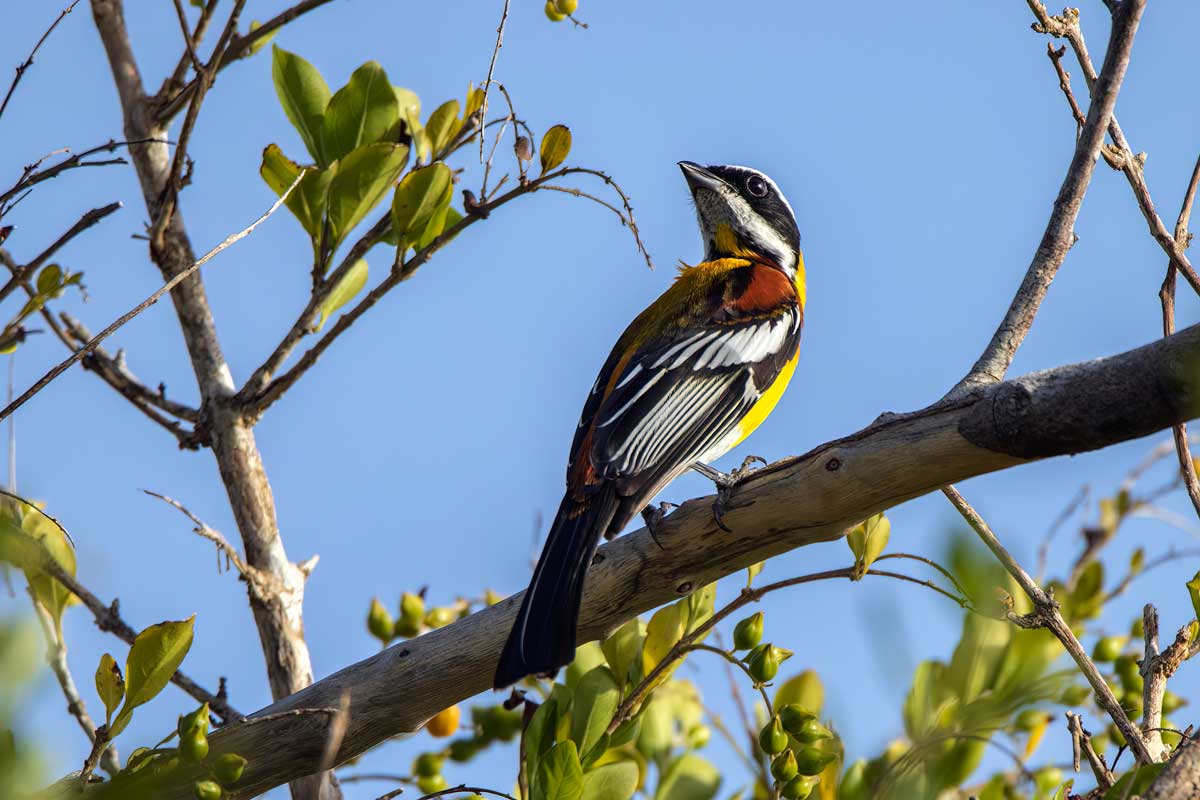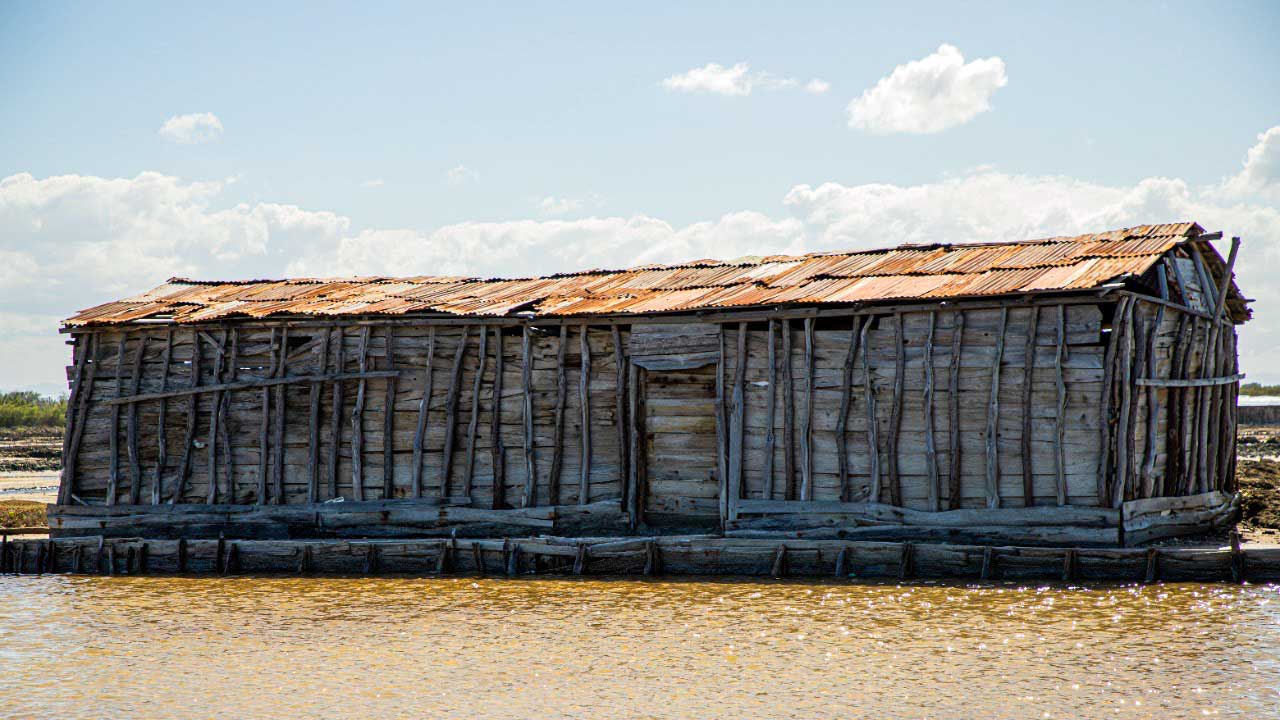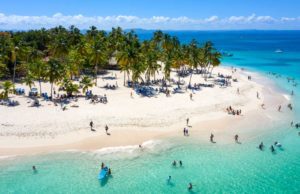Wildlife & Nature
Get Lost in the Wilderness of Monte Cristi National Park
Playa El Morro, Monte Cristi
Photo: Alamy
The Essentials to Know for Your Trip to Monte Cristi
Travelers’ eyes are starting to point north-west this season for a new experience at the Monte Cristi National Park, once neglected and underpromoted in the tourism industry but now projected to become a top destination in the Dominican Republic for its signature beaches like Punta Rucia, its unique Subtropical flora and fauna, and of course the towering iconic limestone slab El Morro.
Historical and Geographical Significance
Dating back centuries, with its initial founding in 1506 by the conquistador Nicolas de Ovando and later populated by Juan de Bolaños in 1533 with 60 other families that had migrated from the Canaries, the town of Monte Cristi was formed.
In the center of town in Monte Cristi, Plaza Duarte is the location of the province’s most identifiable feature, the Parque del Reloj or the Clock Park. Although constructed in 1895 by architect Gustav Eiffel to resemble a smaller version of his Eiffel Tower in Paris, the clock piece alone was designed and built by the famous French watchmaker Jean-Paul Garnier.
The national park's total area stretches out 550 square kilometers from its border with Haiti to the famed Playa Punta Rucia, with 81 square kilometers of the most extensive Mangrove wetlands in Estero Balsa.
The park also presents intercoastal lagoons, dry-subtropical forests, and the colossal limestone plateau, El Morro, which stands defiantly at 777 feet above sea level.

Hispaniolan Spindalis (Spindalis dominicensis)
Photo: Javier Gautier
A Birdwatching Metropolis
For all you bird lovers at heart, El morro in the Bay of Monte Cristi and its surrounding areas are flooded with enough bird species to keep you busy all year.
Most commonly seen are species of Turtle Doves, Night-Herons, Endangered Crows, Gray Kingbirds, the Hispaniolan Kestrel, Broad Billed Tody, and various types of Buzzers, Parrots, and Canaries.
To get a fuller spectrum of the park’s bird fauna (avifauna), the Cayo Siete Hermanos (The 7 Brothers' Islets) consist of minor keys about 4.4 meters above sea level, each with their own name: Muertos, Ratas, Terrero, Monte Grande, Monte Chico, and Cayo Arenas.
In May, June, July, and August, these islets become ground zero for migrating seabirds looking to nest and mate, like:
⦁ Bridled Tern and Sooty Tern
⦁ Brown Noddy
⦁ Pelicans and White-Crowned Pigeons
⦁ Hispaniolan Spindalis
Go on an adventure and discover the Best Birdwatching Sites in the Dominican Republic!

Isla Cabra, Monte Cristi
Photo: Augusto Peña
The Journey to El Morro
Heading to see El Morro comes with an adventure of its own because, fortunately, you’ll have to stop off at some unforgettable checkpoints to get there:
Checkpoint 1
Monte Cristi can get extra hot during the summer months with little rain, so to keep you cooled off and refreshed, your first stop is at Plataforma or the Platform - made of wood to dive off of.
Checkpoint 2
Go on a quick ride through the refreshing Mangrove Forest that offers plenty of shade from the heat, with a high animal presence.
Checkpoint 3
Take a swim at Playa Avena (Oats Beach - for the sand’s oat-like consistency), a natural pool where you’ll further replenish your body with a sandy massage.
Checkpoint 4
Before finally reaching El Morro, there’s a stop at the delightfully relaxing Isla Cabra or Goat Island, from where the view of El Morro is spectacular as you take a moment to lay back on the island’s tropical clearwater beach.

El Morro National Park, Monte Cristi
Photo: Jose Luis Torres
The Best of Monte Cristi
Villa Elisa Scientific Reserve
Monte Cristi is home to over 138 distinct plant species and 28 endemics in the region. The most sought-after is the endangered Bumble Bee Orchid (Locally known as La Cacatica, meaning The Little Tarantula), for whom this reserve was created to protect.
Underwater National Park
One of the most underestimated diving locations in the Dominican Republic, the Underwater Park has the longest stretch of thriving coral barrier reefs in the country - spanning 249 Km2 along the north-west coast from El Morro to Punta Rucia or La Ensenada.
The park has a variety of depths and formations like Elkhorn coral, with an abundance of colorful schools of small fish species, perfect for professional divers and marine biologists.
Check out our Guide to Diving in the Dominican Republic!
Find El Morro National Park
Categories
Tags
Share
A Pocket Guide to Samaná
Samaná is almost a world of its own - with its share of intrigue and adventure for the novice or experienced traveler who wants to go diving for breakfast, hiking up treacherous trails for lunch, and living up the nightlife like a bohemian rockstar for dinner.
Cosón Beach in Samaná
Photo: Carlos Horton
Looking for More Adventure?
Hike Pico Duarte – the highest mountain in the Caribbean
Everything you need to know about hiking to Pico Duarte
Your Guide to Kitesurfing in Cabarete
One of the original kitesurfing meccas, Cabarete in the Dominican
A Pocket Guide to Samaná
Step into the outstanding Peninsula of Samana Dominican Republic, and
10 Prettiest Waterfalls in Dominican Republic
Take a look at the prettiest and largely unknown waterfalls
Constanza: The Unexpected Dominican Destination
Venture beyond the beaches and into the mountains in the
Go Mountain Biking in the Dominican Republic
Everything you need to know about mountain biking in the
Take it from the top in Montaña Redonda
Panoramic, photogenic views make this mountaintop a great little daytrip
2023 Guide to Diving in the Dominican Republic
Everything you need to know about diving in the Dominican
Subscribe to our newsletter
Get more travel inspiration, tips and exclusive offers sent straight to your inbox

